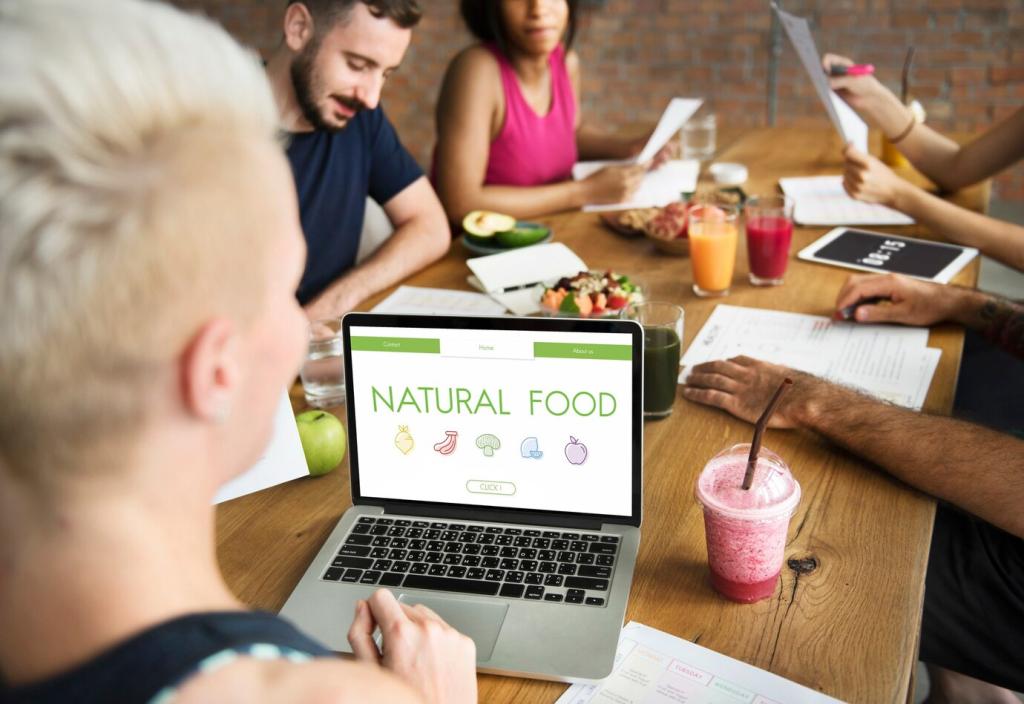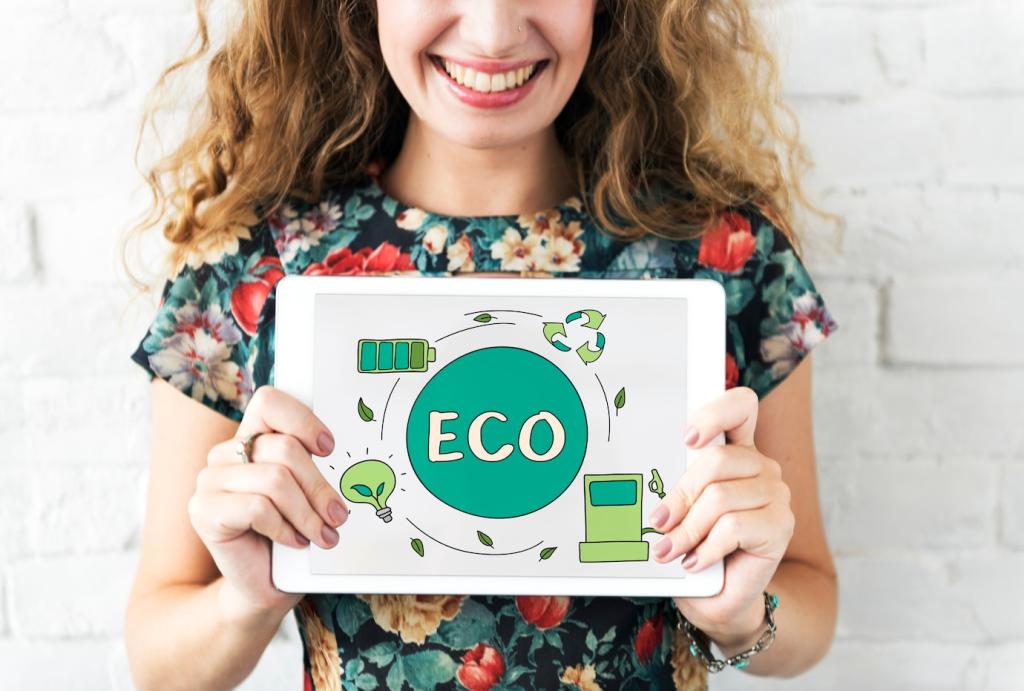Words Meet Design: Visual-Verbal Harmony
Describe images with purpose: materials, context, and eco-relevance. Avoid decorative fluff; write for screen readers first. Ask readers to review a page’s alt text and share one improvement that would help more people understand the impact.
Words Meet Design: Visual-Verbal Harmony
Use clear scales, consistent baselines, and plain-language captions for lifecycle and emissions charts. Show uncertainty ranges. Invite readers to request a metric they want visualized next and subscribe to receive the updated dashboard.








